Unlike many other Nintendo fans around me, the popular turn-based strategy series, Fire Emblem, has been one that has escaped me over the years. Due to my inexperience with the franchise, I was hesitant to take on this review. But after watching some trailers and seeing the excitement build within the Nintendo community, I was curious to see what Three Houses had to offer. What follows is a review of Fire Emblem: Three Houses played on classic difficulty.

Fire Emblem: Three Houses
Nintendo Switch
Developed by Intelligent Systems and Koei Tecmo Games
Published by Nintendo
Released: 26th July 2019
Review copy provided by Nintendo
In Fire Emblem: Three Houses, you control the character of Byleth, a mercenary under the command of his father Jeralt, who trained him to become a fearsome adversary for any group of bandits who were unlucky enough to cross him. As the story begins, you learn that Byleth has been having dreams of a mysterious green-haired girl, who we later learn has the ability to control the flow of time.
As the introduction continues, you are approached by three students from the Garreg Mach Monastery, leaders of the Officer’s Academy who are being hunted by bandits. You and your father aid them in battle, which serves as a combat tutorial to help you get you used to the game’s controls. I will explain combat further along in the review, but I would like to highlight that the initial tutorial was super helpful, and while it seemed overwhelming at first, it helped me get to grips with many of the combat mechanics quickly.

After the battle is over, Jeralt encounters his old friend and right-hand man Alois, who summons him back to the monastery, a place he left over twenty years ago. Byleth accompanies his father to the monastery, and is offered the position of Professor by the Archbishop and Supreme Leader of Garreg Mach, Lady Rhea. After being introduced to the students, and familiarising yourself with the layout of the monastery, you are invited to choose one of three houses you wish to teach and represent.
The Black Eagles is a house that enrolls students from the Adrestian Empire, lead by Edelgard von Hresvelg, heir apparent of the Adrestian Empire. The Blue Lions includes students from the Holy Kingdom of Faerghus, lead by Prince Dimitri Alexandre Blaiddyd. The final choice is the Golden Deer, its students hail from the Leicester Alliance, and are led by the future head of the Alliance, Claude von Riegan. Your choice of house will set the story in motion, and dictate your adventure through Fire Emblem: Three Houses.

A typical week at Garreg Mach Monastery is made up of six days teaching, and one day off where you can partake in a range of events. You will be allocated a monthly budget of gold, and a set number of Activity Points that are made available weekly. These will increase as you progress through the game. When you’re not in combat, you will have an opportunity to explore the monastery, host a seminar, engage in battles, or simply rest. All of these can help build good relationships with the students and staff, and increase your standing as a professor by completing tasks, so you can effectively support your house and its leader.
Between Monday and Saturday, your students will turn to you for guidance, eager to learn and develop themselves under your care. You can instruct them to study specific stats both manually or automatically, in order to help them grow proficient in those areas. Creating a lesson plan by choosing an area of focus for each character, known as goals, allows the character to increase two stats, which can be adjusted to meet the requirements of a more advanced class later in the game.

Group tasks allow two different students to increase their Riding, Heavy Armor or Flying stats together, and raises their support levels with each other. Specific students may be more enthusiastic about a particular group task, and if at least one of them has an affinity for the work, the end result will be greater.
Certification exams are an opportunity to change a character’s class. In order to take the exam, you will require an item known as a seal, which come in different variations: Beginner, Intermediate, Advanced or Master. You should also ensure each character meets the required skill level for each test, such as a C level or higher in the Sword skill, or a D in Riding. If they fail to meet the skill level, the odds of passing the exam will be lower. You are also free to change between classes once one has been assigned, allowing the opportunity to net different skills.

This doesn’t mean they can’t take the exam however, and they could get lucky and fluke it. If they fail however, those students will be locked out from letting them take an exam again until the following week. Consider all members of your house and what kind of units you want on the battlefield, to help you plan your lessons effectively.
Exploring the monastery is a necessary and important part of Three Houses, where you speak to students from each of the different houses, including guards, teachers and other important characters. Through conversing with these characters, you build a rapport with them, and raise their support levels, essential to your progression through the game.

By raising character support levels, you can benefit from additional perks, such as special attacks in combat, and support conversations where you can learn more about them. Support levels can also be raised between characters by letting them fight and assist each other on the battlefield, or through teamwork during a group task.
Levels can also be raised by offering people lost items or gifts, found through exploration of the monastery, and boost motivation. Lost items can only be given to specific individuals, but though they will usually include a hint as to who they might belong to. Gifts can be shared with anyone, however if you offer specific gifts to individuals who really love them, they will be even more appreciative. Gifts can be obtained throughout the game through purchase, given to you from other characters, or awarded as part of completing tasks assigned by others.

Support levels aren’t limited to just members of your own house. You can interact with members of any house through gifting, lost items and inviting them to partake in daily activities around the monastery, such as dining together, choir practice and cooking. If you have enough experience in a desired stat, rival house members may even become recruitable! For example, I really wanted Caspar to join my house from the Black Eagles, but he wouldn’t join my house until I had a high enough level in my Strength and Brawl stats. By showering Caspar with gifts and finding his lost items, I was able to raise his support level, thus lowering the threshold required to recruit him.
Interacting with your students and fellow staff members also benefits Byleth by ranking up your Professor Level. Raising your Professor Level is incredibly important as you progress through the game, as it allows you to spend more time mentoring students, increased monthly funds to spend on weapons and items, and gain more activity points so you can take part in daily activities around the monastery on your free days.

Your Professor Level will rise through different activities, such as completing quests, fishing, gardening, dining with students and staff, or through house tournaments. Faculty Training will allow you to raise specific stats from fellow professors and knights, each with their own skill focus. By raising your Professor Level, you will obtain more money at the start of each month, which will help you purchase equipment and items for your students to help them flourish.
If you are a Nintendo Online subscriber, you will have access to a range of online features. While these are not essential, they are a nice addition that can benefit your adventure. While connected to the internet, you will find exchange students in your game which you can buy items from, or recruit them in a support role to assist you in battles. You will also be able to find fallen warriors within maps during combat, where other players connected to the internet lost their units. Some of these fallen warriors will provide you with new weapons while resting, whereas others will reward your unit with experience. During a free day, you will be able to see the global activity of other players, and how much exploration, battles, rests or seminars they have taken part in.

Last but not least, the game has amiibo functionality in an area known as the amiibo Gazebo. Scanning amiibo to your game will unlock useful items such as food and potions. Scanning Fire Emblem series amiibo however, will unlock special items and music tracks from the Fire Emblem series. They will then be available to listen to from the title screen under “extras”.
Combat in Fire Emblem: Three Houses is turn-based and includes Player, Enemy and Ally Phases. Combat begins with the player, who can control their units across the map to attack enemy units. Each mission will have a victory condition, usually to destroy all enemies or protecting other characters. There are also defeat conditions, which occur if a key character is killed.

Before each fight, I would recommend that you make preparations in the Battle Prep menu; choose the characters you want to include in battle, and equip them with appropriate items, weapons and abilities. You should also survey the map to identify the placement of all units before starting, providing you a clearer idea of what your approach should be. As you progress through the game, you will be able to assign battalions, which is something I will cover later in the review.
One major change in Three Houses is that it throws away the traditional tactical fighting system known in the Fire Emblem series as the “weapon triangle”, which featured Swords, Axes, and Lances. Now, characters will have resistances to different weapons and magical attacks. Special abilities will grant additional bonuses in combat, Byleth’s Swordfaire, for example, which grants an attack increase of five when using a sword, and Dimitri’s Charm, allows adjacent allies to deal three extra damage during combat. Almost every character now have the opportunity to utilise every class and weapon level with the right training, broadening the scope of each unit.

Weapons can be purchased, gifted or found throughout the game. Some of these weapons are unique, and can only be wielded by certain characters. Unfortunately, weapons will wear down and break each time they are used in combat, and need to be replaced or restored by a blacksmith, who can restore them to their former glory. Magic doesn’t wear down, though only has a limited amount of use per battle.
Each unit can move a set number of squares across the map, allowing you to reach enemy units and utilise a range of attacks, varying from character to character. When you engage an enemy, you will be able to see in advance how much damage you will deal, and how much you will receive. Players in range of the enemy will be open to attacks during the Enemy Phase, which is displayed as a red beam of light, showing which of your characters will be taking damage during the Enemy Phase.

During combat, players can utilise the map to protect and increase their effectiveness. Terrain effects let you take cover and raise evasion and defence. Linked attacks can be triggered if you attack an enemy that is in range of your other units, and are key to defeating stronger enemies, building support among all units involved in the attack.
I found it important to keep weaker characters positioned at a safe distance outside of enemy combat, and use them to finish off larger enemies when they have little health left. I tried to level up my characters evenly to ensure I gave myself the best possible chance in combat situations. Be aware of which characters are in the field of view, because if you’re playing in classic mode like me, and your character dies on the battlefield, they’re gone from your play-through forever…
…or are they?
Fire Emblem: Three Houses has a mechanic called Divine Pulse, a returning mechanic from Fire Emblem Echoes (which was known as Mila’s Turnwheel). Divine Pulse allows Byleth to rewind time to a specific point, and give the player a chance to correct their mistake. This is a fantastic feature that has been incredibly useful for me as a new player to the series, who often made mistakes during combat. Divine Pulse has limited charges, so you still need to be careful about its usage.

Battalions are another new addition to the series, deployable squads that assist characters in combat based on their Authority, and their strength determined by the charm stat of a character. As a character levels up their Authority stat, stronger types of Battalions will become available. A character’s Charm level will determine the effectiveness of a Battalion in battle.
As each Battalion engages with enemy units, they lose endurance. Once their endurance has been depleted, they leave the battle. They can be replenished before the start of each battle in the Marketplace. Dismissing a Battalion will remove them from your party, along with the experience they acquired through combat.
Battalion’s are assigned their own Gambits, which are shared with the unit they are assisting. A Gambit can provide a bonus in battle, such as the The Church of Seiros Soldiers Battalion, which has a “Disturbance” Gambit, that rattles foes and prevents them from moving on their next turn. Battalions and Gambits can also be used by enemies and allies, so be sure to look carefully over which ones your units can hire.

I have lots of praise to give to Fire Emblem: Three Houses. As a new player, I was impressed with what the game had to offer, and it has intrigued me about what I’ve missed out on with previous games in the series, such as Awakening and Fates, which I may explore in the future.
I was surprised by the efforts that Intelligent Systems, Koei Tecmo and Nintendo went with for its voice acting. I can’t remember a Nintendo game that had this much voiced dialogue, and it really helped me get immersed in the story. The quality of the voice actors should also be praised, it encouraged me to speak to everyone around the monastery during my days off. Through this, I felt a connection with the characters within the different houses.
At first, there were characters I wasn’t originally too fond of, and I felt that joining the Blue Lions may have been a mistake, but as the story developed, I was pleasantly surprised to find that the characters grew on me, so much so that I couldn’t bring myself to let them die. This lead to me depleting Divine Pulse and many console resets. It has likely added several hours onto the time it has taken to write this review, but I have no regrets!

The music of in Three Houses is exceptional. Standout tracks for me personally were Fódlan Winds, Blue Skies and a Battle, Roar of Domination and the Main Theme. The Battle tracks in particular stood out due to soundtrack switching, where the original track and a more intense version of the same track switch out as you engage an enemy in battle.
Without going into too much detail, there is a major twist that changes up the whole story halfway through the game. While I could see that something was likely to unfold, it was still a shock when it finally happened.
My criticism towards the game would be that if lacks a good variety of maps for combat, and a greater emphasis on combat overall. It was fantastic for character development, but I feel that the meat of the game should really have been in the battles. Hopefully with the planned DLC, we will get more of this. I also found myself becoming overwhelmed by the level of depth the game has, but was able to get by on the basics, and built up my knowledge from there, so it isn’t completely inaccessible. Overall, Fire Emblem: Three Houses is a title that Switch owners need to experience, and one I am pleased to have had the opportunity to review.
Final Rating – 4.5 out of 5
Fire Emblem: Three Houses is out now, exclusively on Nintendo Switch!

Darren is a huge Nintendo fan from the days of the Gameboy Color and his copy of Pokémon Blue. Over time, he developed a passion for many Nintendo franchises, including Metroid. His favourite system is the Wii.



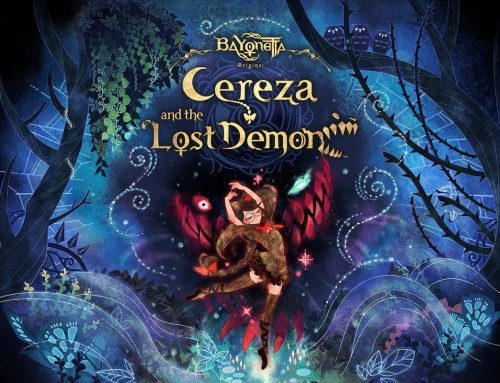

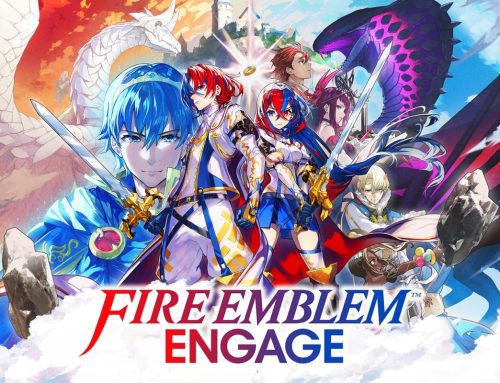
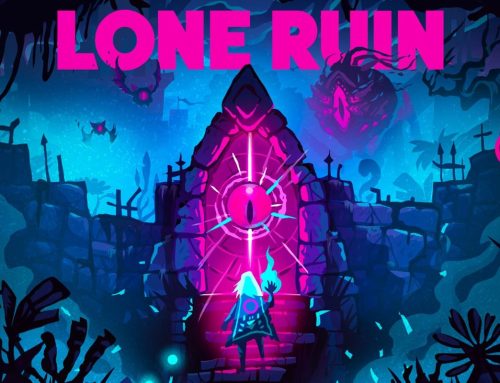
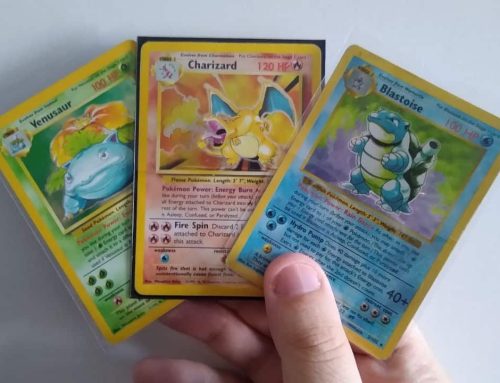
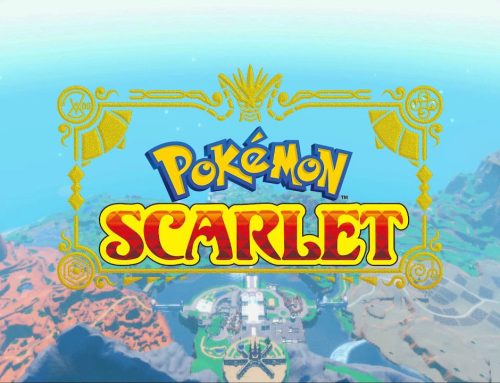
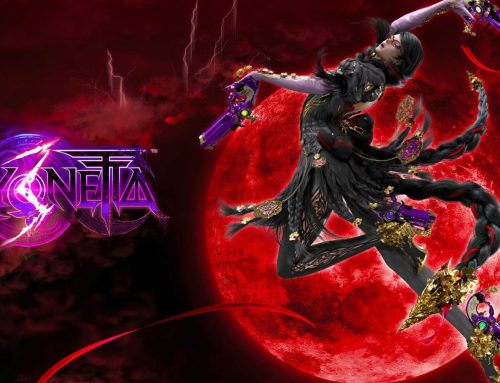


Leave A Comment
You must be logged in to post a comment.